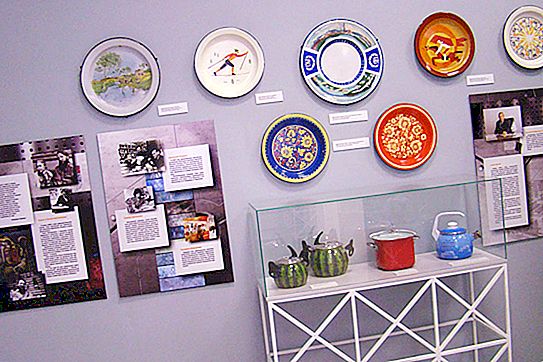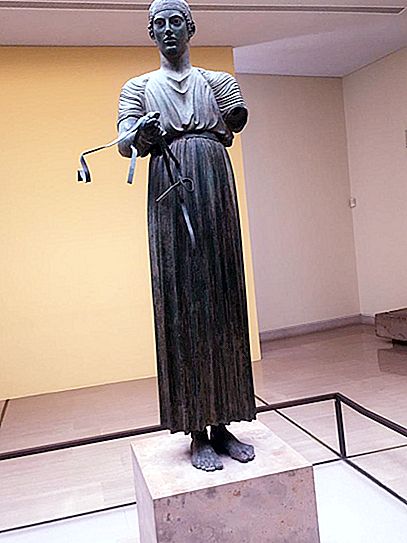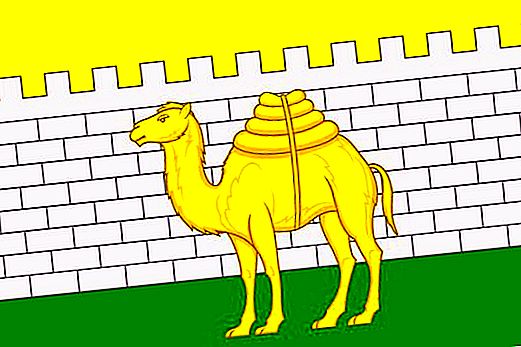There is Lysva in the Perm Territory - an ancient city. It appeared due to the development in the Urals of large plants producing rolled metal and roofing iron. Initially, at the end of the XVIII century, it was not a city, but a small settlement in which the builders of the future plant lived. You can learn about the development of the city, the modernization of the metallurgical plant, and the creation of interesting crafts by visiting the local history museum, the exposition of which is regularly updated.
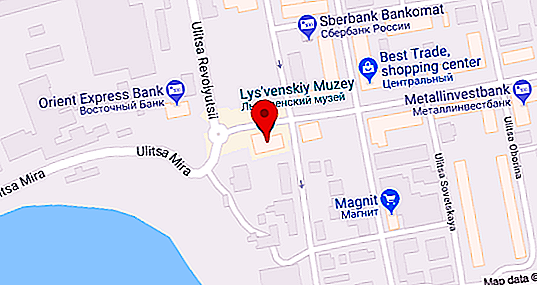
History of the museum
In order to preserve the memory of the development of the city-forming Lysva plant in the Perm Territory, public organizations and factory veterans organized an initiative group, and in 1957 a factory museum was created as a result of their work. Only in 2008, he received the status of a municipal institution and officially became known as the Lysvensky Museum of Local Lore.
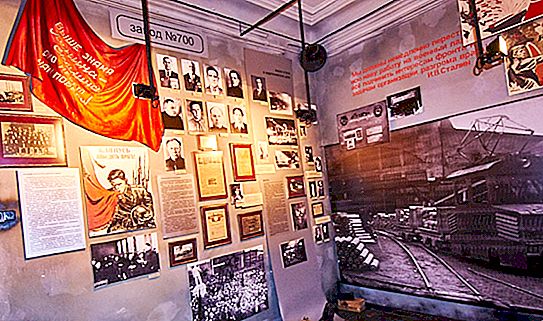
The building, which houses the main exposition of the museum, is a wooden one-story house built for specialists in the early 20th century, and then served as a House of Culture for a long time. In the museum you can find exhibits dedicated to the history of the development of the Lysva plant and the mountain district. The unique museum complex of Lysva includes the only helmet museum in Russia.
It has a hall of fame, the exposition of which presents letters from soldiers, objects of the war years, uniforms, medals, documents.
Helmet Museum
This museum is unique in content. The exposition is not very large, but interesting. The Lysven Museum has collected helmets from the First World War. The first helmets were developed by a surgeon in the army corps. They were released in small quantities and were highly valued, transmitted "by inheritance." Helmets provided openings for air passage on the sides, as well as the ability to mount additional armor to protect against shrapnel. But this defense did not justify itself, since the energy of the impact of a sniper bullet, literally throwing the fighter's head back, broke the neck vertebrae.
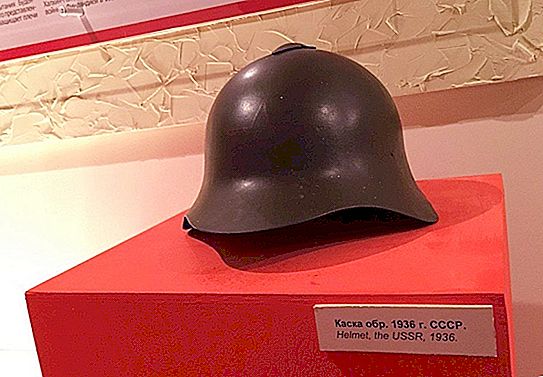
Helmets for soldiers until 1942 produced two factories located in Stalingrad and Leningrad, then their production was transferred to Lysva. The workers of the metallurgical plant had to master the production of these products from scratch.
Helmets from around the world
The exposition of the Lysven Museum contains information about helmets that were used at different times by the military of many countries. So, for example, the French helmet had the RF brand - the Republic of France and the emblems of the military branches. This helmet was used not only in France. Until the 80s of the last century, it was in service with countries such as Belgium, Italy, Poland, Romania, Mexico and others.
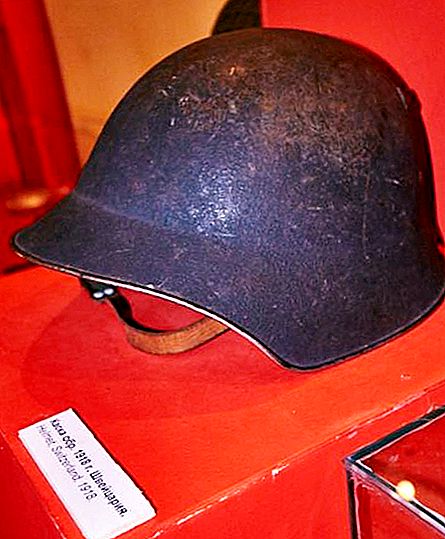
The most beautiful was the Swiss helmet M-18, in appearance resembling a medieval helmet. An English helmet is similar to a basin. She protected not only the head of the English soldier, but also the shoulders.
The Soviet helmet SS-36 was personally tested by Budyonny. He chopped this helmet with a saber, checking its strength. From the materials of the museum you can find out that his first baptism of the helmet took place in Spain, and then there were Hassan and Halkin-Gol. But the helmet SSH-40 was developed and released during the war by the engineers of the Lysvensky plant.
In addition to helmets on the museum’s stands you can see bibs, gas mask boxes and bowlers, also produced at Lysyevsky factories. Museum guides allow you to touch and even try on the helmets you like, and those who wish can take pictures with them.
Hall of the history of the metallurgical plant
There is a permanent exhibition in the museum hall, the material of which is devoted to the development of the Lysvensky Mountain District, whose main metallurgical enterprise is the Lysvensky Metallurgical Plant. In one of the halls, a water wheel was stylized, which rotated on a factory dam and set in motion heavy hammers crushing ore. The exhibits will acquaint visitors of the Lysven Museum with how the mining power was formed.
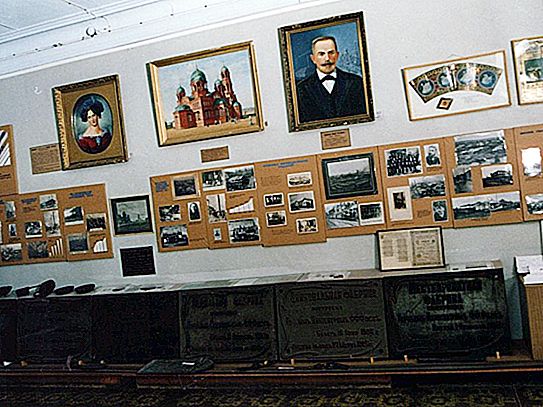
The materials of the stands provide illustrated information about the founder of the iron and smelting and iron-making plant, Baroness Shakhovskaya Varvara Alexandrovna. There is also material about the modernization of the plant.
Lysven enamel
One of the industrial brands of the Urals is Lysven enamel. The opening of the new exhibition "Secrets of Lysven enamel" in 2014 was dedicated to her. How enamel was created was actually kept secret. At the factory that was at the Shuvalov factory, Polish specialists made enameled dishes. They kept secret all technology of the process. After the October Revolution, the Poles left the factory, taking all the technical documentation. Professor Kuklin E.V. rediscovered enamel firing. He developed a technological process. The works of the Klyupanovs, who used firing as an artistic technique, are in many museums of the Urals.
In the museum, under the guidance of an enamel master, visitors are given the opportunity to create a drawing on a special enamel plate and to roast in a real oven. Visitors in reviews of the Lysven Museum always mention their practice of creating enamel.

